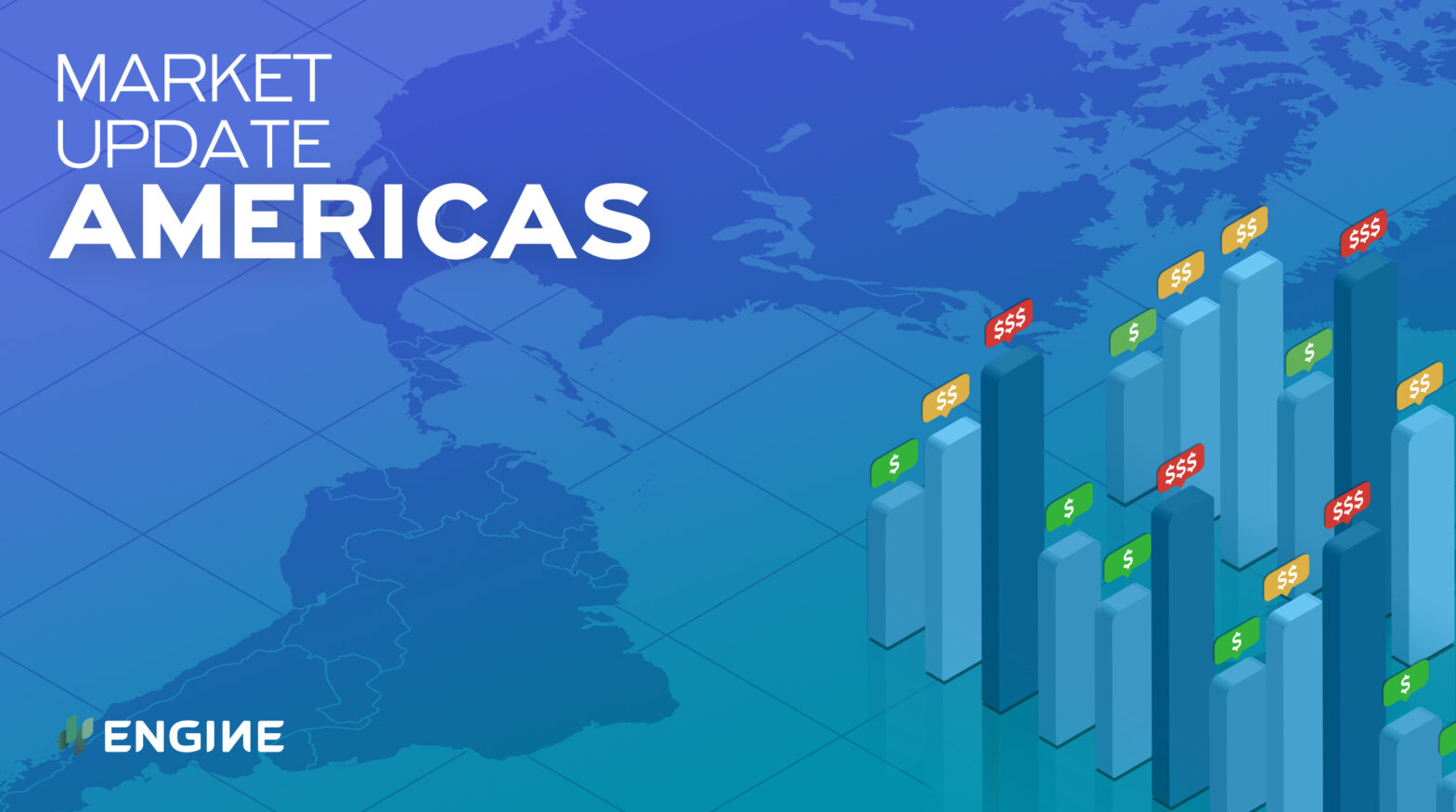Bunker prices have mostly been rangebound in the Americas, and while VLSFO is widely available for prompt delivery dates in Houston and Los Angeles, their prices have gained against several other ports.
Changes on the day to 09.30 CST (14.30 GMT) today:
- VLSFO prices up in Los Angeles ($9/mt), Houston ($5/mt) and Balboa ($3/mt), steady in Zona Comun, and down in New York ($2/mt)
- LSMGO prices up in Balboa ($3/mt), and down in Los Angeles ($32/mt), Houston ($7/mt), New York and Zona Comun ($2/mt)
- HSFO380 prices down in Los Angeles ($1/mt) and Houston, New York and Balboa ($1/mt)
Prompt supply of VLSFO and LSMGO is available from several suppliers in Houston. Suppliers are offering in the grades with prices differing around $20/mt between them for deliveries 4-7 days out.
Price ranges are tighter between suppliers in Panama, at around $10/mt.
Houston’s VLSFO price has gained against several other ports, moving it up to parity with New York, and narrowing its discount to Balboa to $7/mt. Balboa traded at a premium of $40-50/mt over Houston at the turn of the month, when availability was particularly limited in Panama.
While the twin ports of Los Angeles and Long Beach are experiencing record congestion with over 100 ships in total waiting to enter the ports, bunker congestion is minimal and fuel availability normal, sources say.
Los Angeles’ LSMGO price is sharply down under pressure from a lower-priced 150-500 mt stem today. The port’s VLSFO price was lifted by a higher-priced 150-500 mt stem, and has moved to a narrower $6/mt discount to San Francisco.
Los Angeles’ VLSFO price has also risen to wide $31-36/mt premiums over Vancouver and Seattle, after they recorded steep declines over the past two days.
Brent
Front-month Brent has extended its losses by shedding $0.87/bbl in the past day, to $82.10/bbl at 09.30 CST (14.30 GMT).
Brent is on track for a slight 0.77% drop on the week, with downward pressure coming from a US crude oil stock build, a stronger US dollar and a trimmed global oil demand forecast from OPEC.
US crude inventories rose to three-month highs of 435.10 million bbls on 5 November and sent crude values trading down after the weekly Energy Information Administration (EIA) report was released on Wednesday.
US inflation rose by 6.2% on the year in October – the biggest year-on-year jump since 1990. Inflationary pressure has triggered bets on an interest rate hike from the Federal Reserve and propped up the US dollar against other currencies – which makes Brent less attractive to investors.
“The US dollar is broadly stronger as the market has repriced Fed rate expectations for next year higher,” Saxo Bank said in a note today.
OPEC revised its global oil demand forecast for the year down, citing lower-than-anticipated demand from India and China. OPEC and its allies, known as the OPEC+ group, will increase supply by 400,000 b/d in December, as it has done in each month since August.
The White House has repeatedly come out to say more OPEC+ output is needed to meet global demand and tame domestic US inflation, which it views as partially induced by the recent oil price rally. President Biden has considered releasing emergency crude from its strategic reserves to cool prices.
